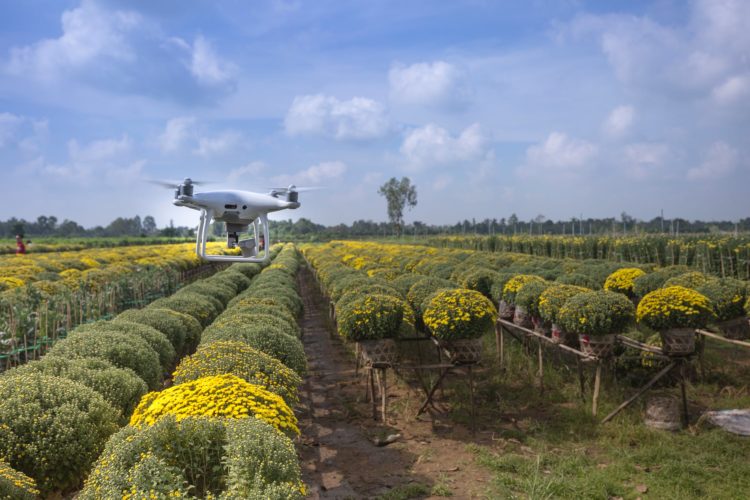If I had a Hong Kong dollar for every blockchain story pitched to me, I’d probably be fat from munching on cholesterol-laden junk food. But as it is every time I get a pitched or a press release that hints “blockchain” my first question is “do you have a live commercial use case of blockchain and please no proof-of-concepts or something to do with digital asset management.
So when I read the ABI Research assessment that called out blockchain investments in a slump and half of 2018 market value wiped out in 2020, I found some vindication in my belief – that this remains a technology looking for a real-world use that businesses can sink in.
Yes, there remains aspirations as to what the technology can deliver.
ABI Research says the silver lining in that downfall has been the resiliency of industrial applications, not least in the Agri-Food market, which has dominated blockchain success stories. The researcher expects industrial blockchain revenues to grow six-fold in the next five years, reaching US$2.1 billion globally by 2025.
Michela Menting, Digital Security research director at ABI Research, said supply chain implementations have been particularly successful and are having the greatest impact on the agri-food industry.
DX success is a combination
“Combined with digital transformation efforts and IoT technologies, numerous blockchain-based platforms are moving into the production phase, paving the way for adoption into manufacturing, retail, and utilities markets. Transportation, shipping, distribution, and storage are key verticals for blockchain, and especially as they concern supply chain management, logistics, location and tracking, asset and inventory management,” said Menting.
The blockchain market is still young, with global revenues rather low, standing at US$374 million by the end of 2020. Industrial applications are only just emerging out of R&D and into production.
“However, the opportunities are significant for distributed ledger technology, whether sharing a broad range of data and information or trade finance platforms and product marketplaces where industrial stakeholders can come together transparently and securely,” Menting added.
Underlying R&D
However, all of this would not be possible without the underlying R&D and support of the large enterprise IT providers, like IBM, Microsoft, Oracle, and SAP. These providers offer the blockchain infrastructure to build and develop applications plus the ecosystem support through various consortiums and associations. This has allowed the startup community to test and expand their capabilities quickly. Numerous companies are making innovative inroads, including Blockfreight, Data Gumbo, Everledger, IOTA Foundation, Origin Trail, RoadLaunch, Skuchain, SyncFab, T-Mining, and Xage.
Keep the faith
While many of these industrial applications appear promising, there are obstacles to implementation and adoption as with any new technology. “But there is no doubt that blockchain can offer real added-value to industrial markets, in line with the Industry 4.0 movement and associated technologies,” Menting concluded.





